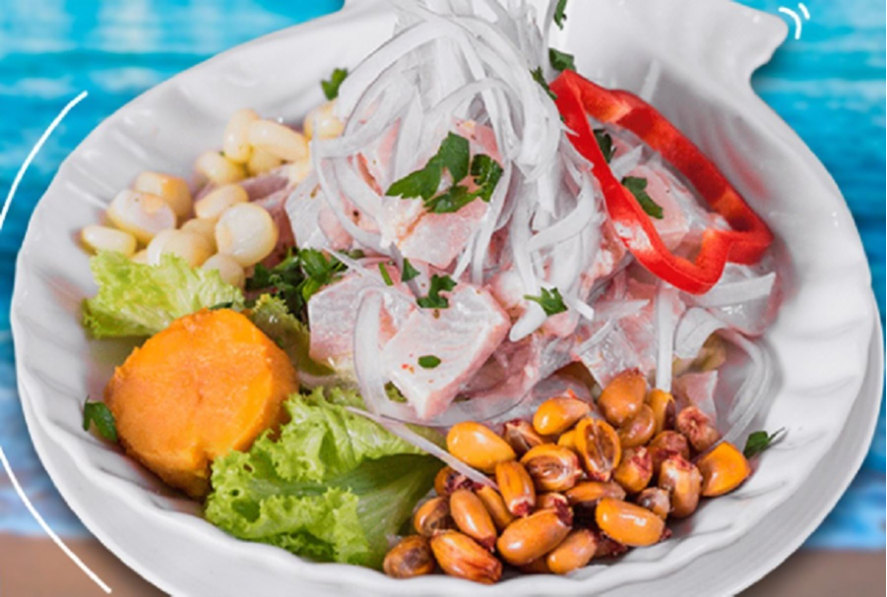
Culture Minister Leslie Urteaga announced that “The practices and meanings associated with the preparation and consumption of ceviche, an expression of traditional Peruvian cuisine” have been inscribed on UNESCO’s Representative List of the Intangible Cultural Heritage of Humanity.
This is the first inscription of a traditional Peruvian cuisine element, which recognizes all the people involved in the value chain of this dish, including artisan fishers from the coast, the Andes, and the Amazon, as well as farmers, cooks, and chefs.
The Ministry of Culture (Mincul) stressed that these practices and meanings constitute one of the main expressions of traditional Peruvian cuisine.
The decision was announced this morning during the Eighteenth Session of the Intergovernmental Committee for the Safeguarding of the Intangible Cultural Heritage, which took place in Kasane, Republic of Botswana.
The inscription of “The practices and meanings associated with the preparation and consumption of ceviche, an expression of traditional Peruvian cuisine,” on UNESCO’s Representative List of the Intangible Cultural Heritage of Humanity, provides an opportunity to recognize the importance of Peruvian cuisine as a factor of social cohesion and mutual recognition among Peruvians.
Moreover, it is a way to raise awareness of the great contribution to food and the work of artisan fishers, agricultural producers, and traditional cooks across the country.
Likewise, the inscription is intended to promote care and sustainability of resources, which are crucial and make traditional Peruvian cuisine so diverse.
It should be noted that UNESCO’s Representative List of the Intangible Cultural Heritage of Humanity is one of the most important mechanisms for disseminating the culture of peoples.
Many countries around the world have nominated their rich and complex culinary systems or elements of their cuisines to the Representative List. Such is the case of South Korea, France, Haiti, Italy, Japan, among many others.
The nomination of this cultural expression came after a growing research and promotion of Peruvian gastronomy at a national and international level; hence the need to undertake efforts to earn this recognition, since traditional Peruvian cuisine is one of the most representative pillars of the country’s regional and national identity.
In addition, it shows the importance of various types of resources and their producers, which is related to the country’s sustainable development, as traditional Peruvian cuisine involves a series of actors, as well as their knowledge and processes that transcend the cultural sphere.